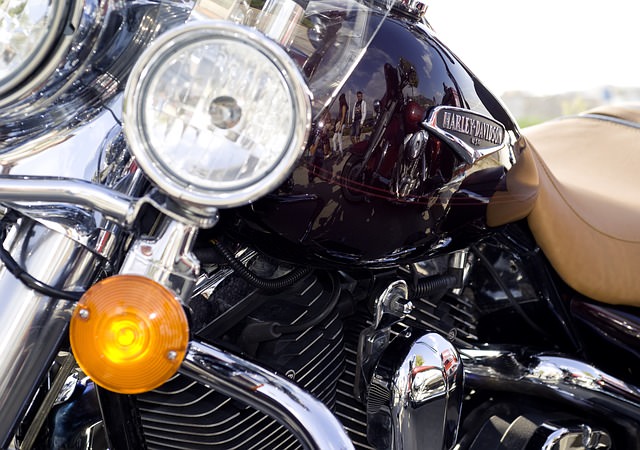Harley-Davidson Inc. on Thursday tempered its outlook for 2016, saying the global economy and competitive pressures have created some unprecedented challenges.
The Milwaukee-based motorcycle manufacturer reported a 43% drop in net income for the recent fiscal quarter ended Dec. 31 — down to $42.2 million, or 22 cents per share, from $74.5 million, or 35 cents, in the year-ago period.
Revenue fell 2.3% to $1.01 billion. Harley’s worldwide motorcycle sales in the quarter slipped less than 1%, to 46,857 units, but fell 3.4% in the United States — the company’s largest market.
Harley has seen its U.S. sales slip as the economy has faltered in some states, such as Texas, where oil and gas production is down, and foreign competitors cut prices of their bikes to attract customers.
“Without a doubt, it’s been one of the most competitive environments we have seen in years, particularly in the United States,” Harley President and CEO said during a conference call with analysts.
“Much of it is driven by currency (differences), and some of it by new products from competitors all around the world,” he added.
Still, Harley regained some ground in the recent quarter — the fourth period of 2015 — and now has a 51.4% share of the U.S. heavyweight motorcycle market.
“Our U.S. market share stabilized as we began to ramp up marketing investment, and as we lapped the initial impact of heightened competitiveness, and price discounting, that began late in the fourth quarter of 2014,” Levatich said.
Harley now says it expects to ship between 1% and 3% more motorcycles to dealerships this year, compared with 2015, down from an estimate of 3% to 5% noted on a conference call last October.
There’s increased risk in the global and U.S. economies even as the company remains confident in its plans and encouraged about recent progress, according to Levatich.
“We are not expecting the underlying conditions to improve or the competitiveness to diminish,” he said.
Some Harley-Davidson dealerships have reduced the prices of new bikes, although Harley does not allow them to advertise the discounts, and it does not endorse the practice.
“The best thing we can do (as a company) is to aggressively manage the supply in line with inventories, so that we don’t create an environment where discounting would be more encouraged,” said Chief Financial Officer John Olin.
Harley’s recent-quarterly performance was not stellar, but analysts said it could have been worse, given less demand for motorcycles in some areas and currency differences that have encouraged Japanese motorcycle makers to heavily discount products.

Analysts on average had expected earnings of 19 cents per share on revenue of $1.03 billion, according to Thomson Reuters I/B/E/S.
“I think the company, and the industry, is still under some pressure. We are seeing that in the sales numbers being down again in the U.S., “ said Edward Jones analyst Robin Diedrich.
On Thursday, Harley shares closed at $38.92, up $1.43 The stock has traded in a range of $36.36 to $65.28 over the past 52 weeks.
“I think there are a lot of reasons to be on the sidelines with this stock right now. The price has come down a lot, but we still have a hold rating on it,” Diedrich said.
For 2016, Harley says it plans to increase spending in marketing by about 65% and spending in product development by 35% — both areas aimed at boosting sales for years to come. The changes represent an approximate $70 million increase in spending in marketing and product development.
Much of the effort is aimed at attracting what Harley calls “outreach customers,” including African-Americans, Hispanics, women of all ages and young adults ages 18 to 34.
“Over the past five years, sales of new Harley-Davidson motorcycles to outreach customers have grown at a compound annual growth rate of nearly 7%,” Levatich said.
He added, “In the U.S., we lead in the sale of motorcycles in every outreach segment … In the all-important young adult segment, we sell more Harley-Davidsons to them, today, than we sold to the baby boomers when they were young adults.”
(Via: The Journal Sentinel)







